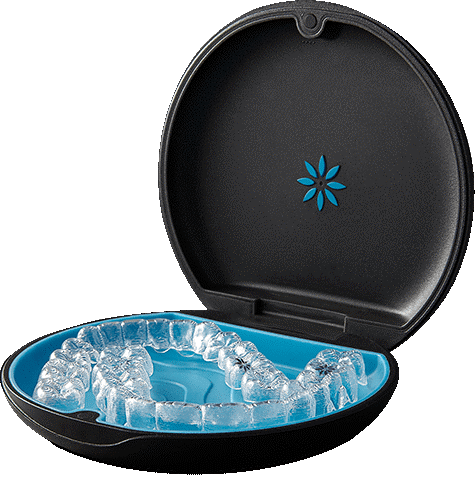What Are Cavities & How Do They Form?
Have you ever thought to yourself, “what are cavities?”. Or “how do cavities Form?”. Don’t worry! We’ve got you covered. We’ll discuss that and more in this article. First, it’s important to note that cavities, also known as dental caries, are a common problem caused by demineralization.
Cavities are essentially holes or damaged areas in the hard tissue of the teeth. For example, enamel, dentin, and cementum. Tooth decay can largely be affected by one’s lifestyle, diet, and oral hygiene.
How Do Cavities Form?
First, it’s important to note that cavities form in places where it’s challenging to remove plaque. For example, the crevices and grooves on the chewing surfaces of molars, the spaces between teeth, and along the gumline. Also, children are more likely to experience cavities, even though adults are at risk as well.
Below, are 5 ways that cavities form:
- Plaque Formation: Plaque is a sticky, colorless film that forms on the surface of teeth. It consists of bacteria, food particles, and saliva. If not removed regularly through brushing and flossing, plaque can build up and create an environment conducive to cavities.
- Acid Production: Bacteria present in plaque feed on carbohydrates (sugars and starches) from the foods we eat. As they metabolize these carbohydrates, they produce acids as byproducts. These acids can weaken and erode the protective enamel layer of the teeth.
- Demineralization: The acids attack the enamel, causing its mineral content to dissolve, leading to a process called demineralization. In this stage, small, white spots may appear on the teeth, indicating the early formation of a cavity.
- Enamel Breakdown: Over time, if the demineralization continues and is left untreated, the enamel will eventually break down, and a cavity is formed. Initially, the cavity may be small and confined to the enamel, but it can progress further if not addressed.
- Dentin and Pulp Involvement: Once the cavity penetrates through the enamel, it reaches the underlying layer called dentin. Dentin is softer than enamel and more susceptible to decay. The cavity can progress rapidly through the dentin, reaching the dental pulp if not treated promptly. The dental pulp contains nerves and blood vessels and can become infected, causing pain and discomfort.
What Are Cavities & How Do They Form – Types of Cavities:
Not all cavities are created equal. Below, we have listed three types of cavities:
- Root Cavities – These form when bacteria grow on tooth roots that are exposed.
- Recurrent Cavities – Form around fillings and crowns where plaque has built up and caused decay.
- Coronal Cavities – Are located on chewing surfaces or in between teeth.
Sugar And Cavities:
Above, we mentioned how bacteria in the plaque feed off carbohydrates like sugar and then create acidic byproducts. Well, did you know you’re now eating more sugar than ever before. Sugar is in most foods we consume. This is why we must take extra caution and practice good, consistent oral hygiene. Sugar is in everything from bread to salad dressings.
How To Prevent Cavities:
Prevention is key! Luckily, there are a few steps you can take to prevent cavities.
- Come in for regular cleanings. Preventative care can stop dental complications from happening and keep small issues from becoming huge issues.
- Brush and floss your teeth at least twice a day. Preferably after every meal. This will remove plaque from between your teeth and from under the gumline.
- Prevent dry mouth. Having a dry mouth promotes bacteria. Things that can cause dry mouth include smoking and drinking alcohol. Also, some medication can lead to having dry mouth. If you naturally have problems producing saliva and suffer from dry mouth, be sure to reach out to a dentist in your area.

Conclusion:
That’s all for today folks. You asked, “what are cavities & how do they form?”. We delivered. In short, cavities are small holes or damaged areas caused by decay. Sugar plays a huge role in contributing to cavities. That good news is that you can take preventative measures. Also, should your teeth fall victim to cavities, you can always reach out to us!
We’re undefeated against cavities. You might say we know what we’re doing! Anyways, if you have any questions regarding our services, click here.

